Feihong Liu
Invariant Content Synergistic Learning for Domain Generalization of Medical Image Segmentation
May 05, 2022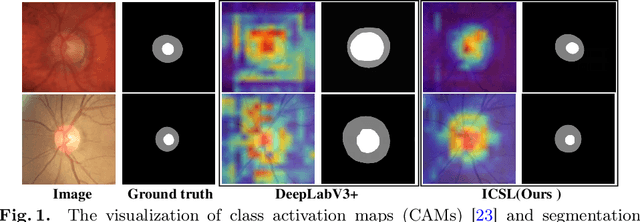
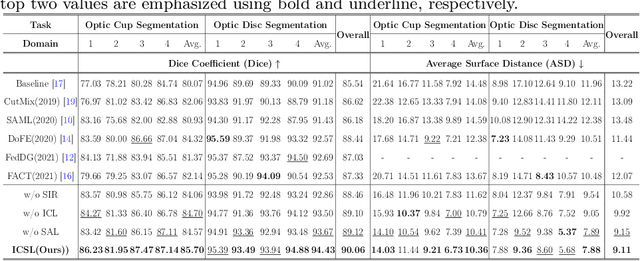
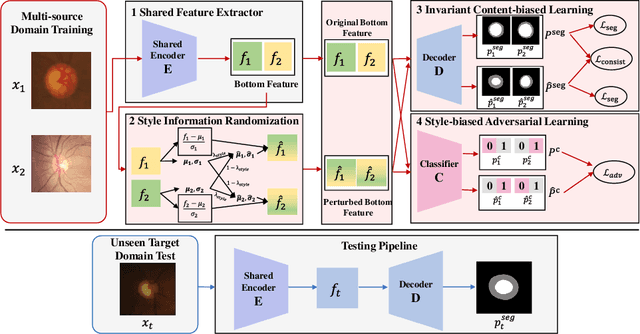
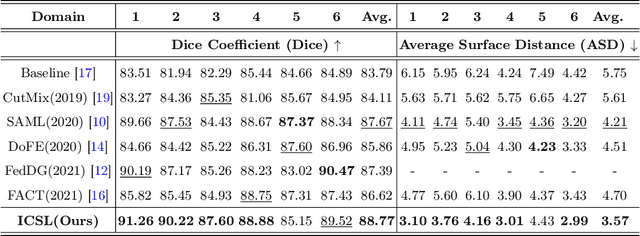
Abstract:While achieving remarkable success for medical image segmentation, deep convolution neural networks (DCNNs) often fail to maintain their robustness when confronting test data with the novel distribution. To address such a drawback, the inductive bias of DCNNs is recently well-recognized. Specifically, DCNNs exhibit an inductive bias towards image style (e.g., superficial texture) rather than invariant content (e.g., object shapes). In this paper, we propose a method, named Invariant Content Synergistic Learning (ICSL), to improve the generalization ability of DCNNs on unseen datasets by controlling the inductive bias. First, ICSL mixes the style of training instances to perturb the training distribution. That is to say, more diverse domains or styles would be made available for training DCNNs. Based on the perturbed distribution, we carefully design a dual-branches invariant content synergistic learning strategy to prevent style-biased predictions and focus more on the invariant content. Extensive experimental results on two typical medical image segmentation tasks show that our approach performs better than state-of-the-art domain generalization methods.
Fast T2w/FLAIR MRI Acquisition by Optimal Sampling of Information Complementary to Pre-acquired T1w MRI
Nov 11, 2021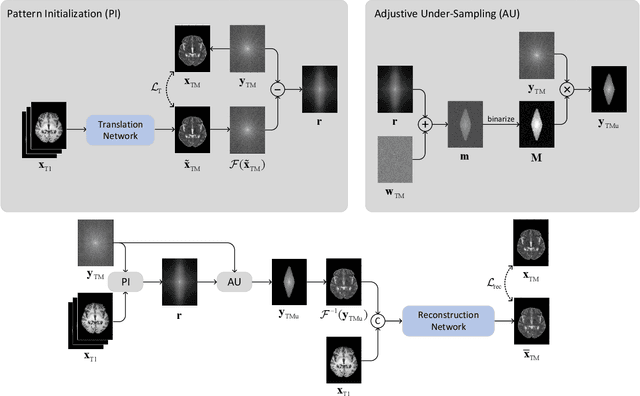
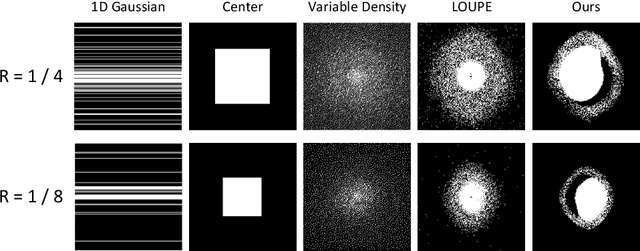
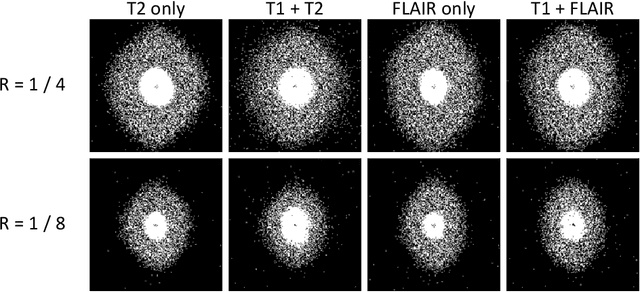
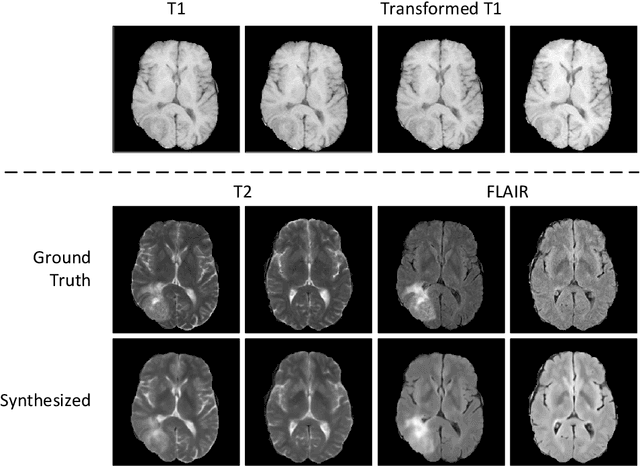
Abstract:Recent studies on T1-assisted MRI reconstruction for under-sampled images of other modalities have demonstrated the potential of further accelerating MRI acquisition of other modalities. Most of the state-of-the-art approaches have achieved improvement through the development of network architectures for fixed under-sampling patterns, without fully exploiting the complementary information between modalities. Although existing under-sampling pattern learning algorithms can be simply modified to allow the fully-sampled T1-weighted MR image to assist the pattern learning, no significant improvement on the reconstruction task can be achieved. To this end, we propose an iterative framework to optimize the under-sampling pattern for MRI acquisition of another modality that can complement the fully-sampled T1-weighted MR image at different under-sampling factors, while jointly optimizing the T1-assisted MRI reconstruction model. Specifically, our proposed method exploits the difference of latent information between the two modalities for determining the sampling patterns that can maximize the assistance power of T1-weighted MR image in improving the MRI reconstruction. We have demonstrated superior performance of our learned under-sampling patterns on a public dataset, compared to commonly used under-sampling patterns and state-of-the-art methods that can jointly optimize both the reconstruction network and the under-sampling pattern, up to 8-fold under-sampling factor.
Multi-Kernel Filtering: An Extension of Bilateral Filtering Using Image Context
Aug 27, 2019
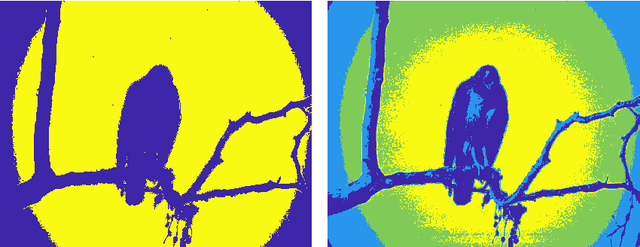
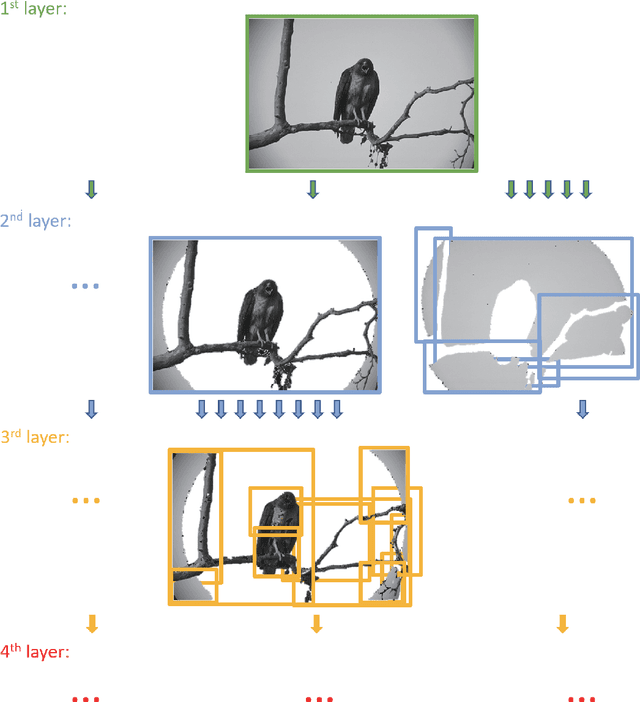
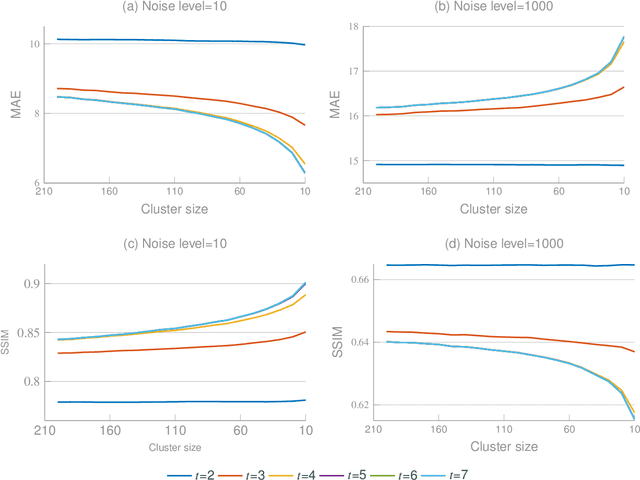
Abstract:Bilateral filtering is one of the most classical denoising filters. However, the parameter of its range kernel needs to be initialized manually, which hampers its adaptivity across images with different characteristics. For coping with image variation (e.g., changeable signal-to-noise ratio and spatially-varying noise), it is necessary to adapt the kernel to specific image characteristics automatically. In this paper, we propose multi-kernel filter (MKF) inspired by adaptive mechanisms of human vision. We first design a hierarchically clustering algorithm to generate a hierarchy of large to small coherent image patches, organized as a cluster tree, so that obtain multi-scale image representation. The leaf cluster and corresponding predecessor clusters are used to generate one of multiple range kernels that are capable of catering to image variation. We evaluate MKF on two public datasets, BSD$300$ and BrainWeb. Extensive experimental results show that MKF outperforms state-of-the-art filters on both mean absolute error and structural similarity.
DeepBundle: Fiber Bundle Parcellation with Graph Convolution Neural Networks
Jun 07, 2019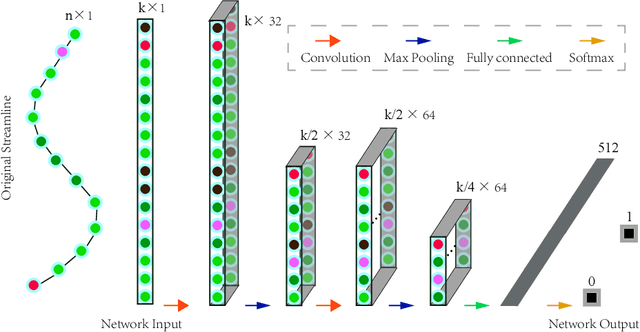
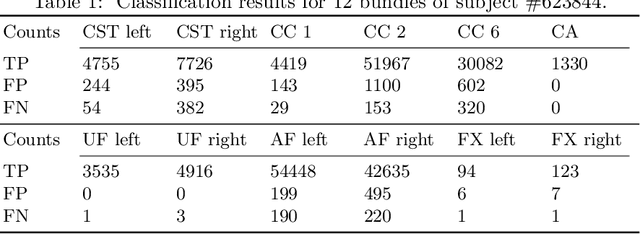

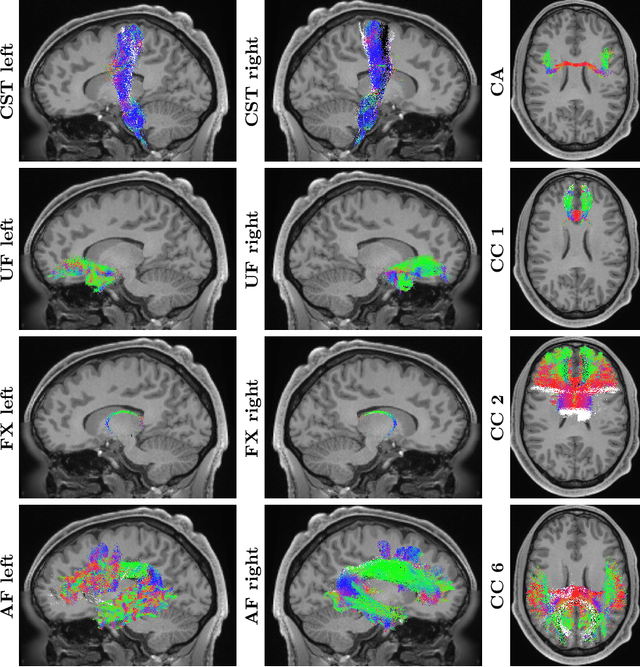
Abstract:Parcellation of whole-brain tractography streamlines is an important step for tract-based analysis of brain white matter microstructure. Existing fiber parcellation approaches rely on accurate registration between an atlas and the tractograms of an individual, however, due to large individual differences, accurate registration is hard to guarantee in practice. To resolve this issue, we propose a novel deep learning method, called DeepBundle, for registration-free fiber parcellation. Our method utilizes graph convolution neural networks (GCNNs) to predict the parcellation label of each fiber tract. GCNNs are capable of extracting the geometric features of each fiber tract and harnessing the resulting features for accurate fiber parcellation and ultimately avoiding the use of atlases and any registration method. We evaluate DeepBundle using data from the Human Connectome Project. Experimental results demonstrate the advantages of DeepBundle and suggest that the geometric features extracted from each fiber tract can be used to effectively parcellate the fiber tracts.
 Add to Chrome
Add to Chrome Add to Firefox
Add to Firefox Add to Edge
Add to Edge